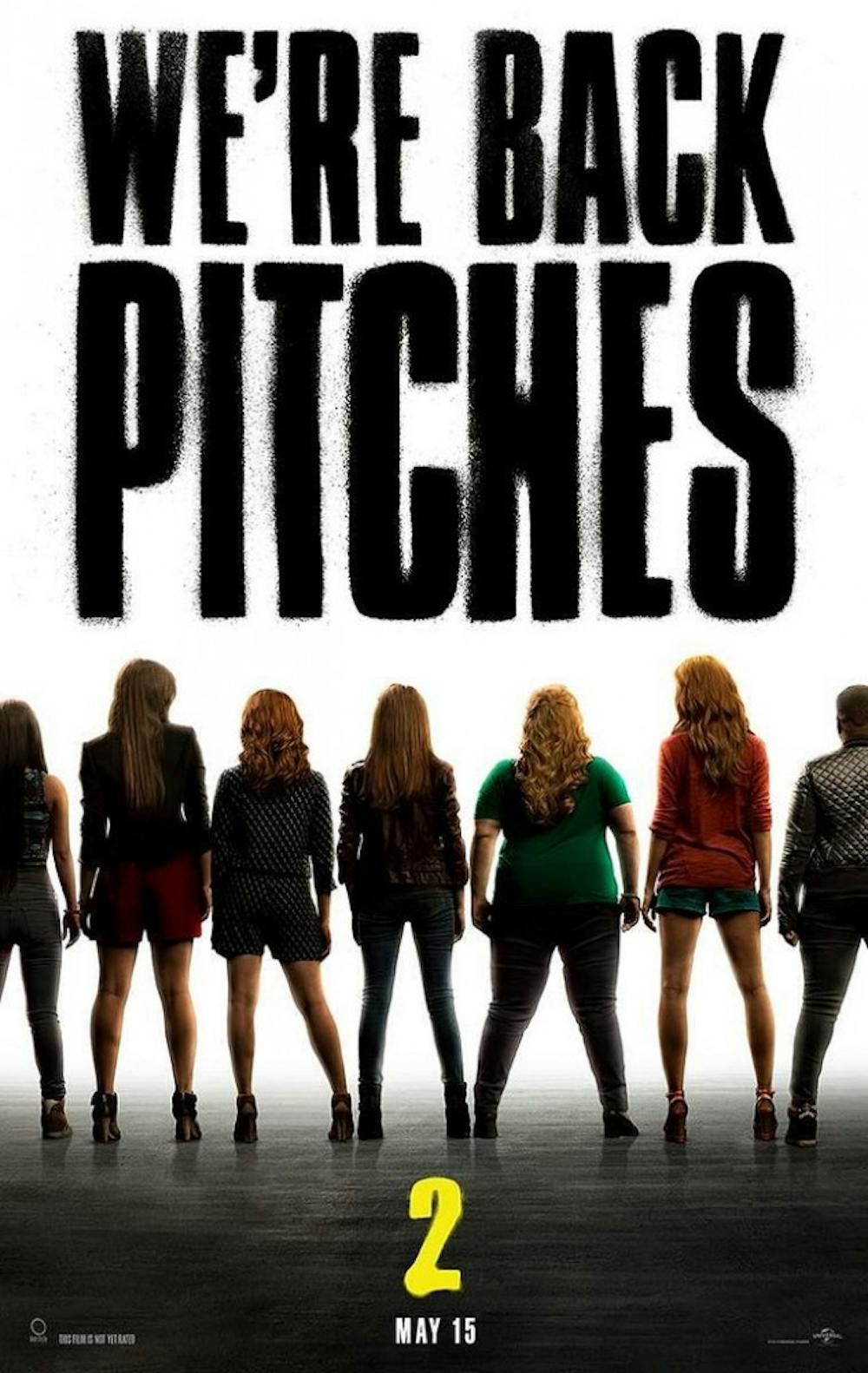College movies are, along with rom–coms and sports films, part of the Holy Trinity in the faith of B movie producers or, alternatively, of the triad of predictability for us regular viewers. Inevitably, when most people think of this type of movie, which it’s safe to say has become a genre of its own, the first images that come to mind are debaucherous parties, never–ending sex and a complete disregard for any type of academic matter. Once the script ticks these boxes, all producers have to do is add in a hero, a villain, and a love interest, and link them together with the help of some worn storyline.
These movies are also known to be used as propaganda weapons by a lot of post–midlife crisis agitators. Doesn’t everyone have that one relative who always complains about millennials partying and spending their parents’ money all day? While we might not be able to know for sure what they were like in their youth, one thing is certain: judging by the college movies of those times, at least some of the reasons behind the unfortunate association of a liberating, transformative stage and loose morals originate in the late 70s/early 80s. That is—as you might notice—the time most of our parents were in college.
A quick Google search reveals a timeline of college movies sorted by popularity. There’s the infamous Animal House (1978) at the top of the list, followed by Pitch Perfect (2012). This 34–year window marks, in fact, the rise, the popularity, and the decline of what we commonly refer to as “the college movie.” What's fascinating to observe, however, is how the depiction of college life has transformed over the course of the years. Interestingly enough, it seems like our parents’ loud cries are anything but justified: drinking, smoking, drug usage and reckless sex have faded from college movies. They're now far more focused on personal growth.
While it is true that most movies depict a slightly exaggerated version of reality, studies have shown that millennials drink less, do less drugs, and even have less sex than their older counterparts did when they were the same age. These facts raise a question of nature vs. nurture: are we innately missing the debauchery gene, or has society shaped us into compliant, ascetic workaholics?
Early 1972 marked the first time when scientific evidence surfaced that there was a connection between exposure to violence in film and subsequent violent behavior. Not long after that, it was decided that one of the main goals of the MPAA would be to promote freedom of artistic expression while protecting susceptible audiences (largely children and teenagers) from negative influences. That meant more rigor when rating movies—the ages for “R” and “X” (the current NC–17) were raised from 16 to 17, and additional comments such as "not suitable for pre-teenagers" were added into the mix.
Looking at the timeline of college movies, it’s easy to notice two trends: one wild and rated R (think American Pie)—the precursor of which is evidently Animal House—and one motivating and virtually pre–professional, with highlights such as Good Will Hunting or the more recent The Social Network. It’s also pretty obvious that the first category is more prevalent in the 70s and 80s, as opposed to the second, which rose to popularity in the 90s.
But if movies can have a negative impact on an audience, could it be that they’re also able to teach valuable life lessons? There are several factors that point to a positive answer. Studies have shown that movies and TV shows have the power to influence how we think about important matters such as love, or the government. When it comes to college–life habits, it’s particularly enticing to see how more recent films that place greater emphasis on decadence, in lieu of intellectual and professional progress, are not as popular as they used to be.
The best example of this disparity is the reception of two fairly similar movies: Old School (2003) and Spring Breakers (2012). The former is about three guys who open a frat next to their alma mater, and has a rather self–explanatory heading: “All the fun of college, none of the education.” It has a Metascore of 54, 60% Tomatometer, and an IMDb rating of 7.2 based on nearly 194,000 reviews. The latter sounds, perhaps, a lot more familiar—it’s not hard to remember the argument it sparked between critics and the audience when it came out five years ago. Several specialists thought Spring Breakers was, if not a masterpiece, a good flick, while the consensus among regular viewers was that the lack of character development and the implicit absence of a storyline made it terrible. This is also emphasized by ratings: the Metascore of 63 and Tomatometer of 67% contrast with its unexceptional 5.3 on IMDb.
What do these numbers tell us? On the one hand, it is clear that from a technical and artistic point of view, movies have gotten better in recent years. Style and aesthetics are considered of greater importance, which gives way to higher–quality directing, cinematography, and set design. However, it seems like younger audiences are not as keen to watch ninety minutes of depravity without a moralizing takeaway.
So, is our generation more prudish? Is it just as wild, but more low–key? Or is it that the “work hard, play hard” mantra is specific not only to Penn, but to millennials as a group? While none of us can know for certain, it’s scientifically proven that our partying habits have gotten tamer—but whether the transformation of college movies had anything to do with this is still to be researched.

